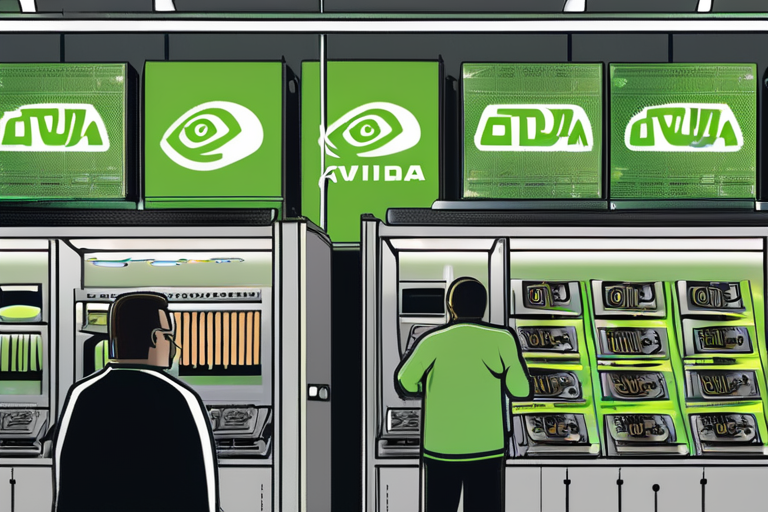Business Report: The Rise of Algorithm-Driven Pricing and Its Impact on the Market
In a significant development that has left regulators scrambling to keep pace, a growing number of companies across various industries have begun to rely on sophisticated algorithms to set prices for their products and services. These computer programs, designed to analyze vast amounts of data and adjust prices in real-time, have the potential to drive up prices and undermine traditional notions of fair competition.
According to a recent study, the use of pricing algorithms has increased by over 50% in the past two years, with companies in the retail, hospitality, and healthcare sectors being among the most aggressive adopters. The study found that these algorithms are being used to adjust prices as frequently as every 15 minutes, with some companies using machine learning models to identify and exploit price-sensitive customers.
The financial impact of this trend is significant. A report by a leading market research firm estimates that the use of pricing algorithms has resulted in a 10% increase in prices across the retail sector, with some companies reporting profits margins of up to 25%. While this may be good news for shareholders, it has raised concerns among consumer advocates and regulators about the potential for price-fixing and anti-competitive behavior.
The market context for this trend is complex and multifaceted. On the one hand, the increasing use of big data and analytics has created new opportunities for companies to optimize their pricing strategies and stay ahead of the competition. On the other hand, the lack of transparency and accountability in the use of pricing algorithms has raised concerns about the potential for manipulation and exploitation.
Companies such as Amazon, Google, and Microsoft have been at the forefront of the trend towards algorithm-driven pricing. These companies have invested heavily in the development of sophisticated pricing algorithms and have used them to drive up prices and increase profits. However, their use of these algorithms has also raised concerns about the potential for anti-competitive behavior and the exploitation of price-sensitive customers.
Looking ahead, the future of algorithm-driven pricing is likely to be shaped by a combination of technological, regulatory, and societal factors. On the one hand, the increasing use of artificial intelligence and machine learning is likely to continue to drive the development of more sophisticated pricing algorithms. On the other hand, regulators are likely to impose stricter controls on the use of these algorithms, particularly in industries where price-fixing and anti-competitive behavior are most prevalent.
In conclusion, the rise of algorithm-driven pricing has significant implications for the market and for consumers. While it has created new opportunities for companies to optimize their pricing strategies and increase profits, it has also raised concerns about the potential for price-fixing and anti-competitive behavior. As regulators and companies continue to grapple with the implications of this trend, it is likely that the future of algorithm-driven pricing will be shaped by a complex interplay of technological, regulatory, and societal factors.


























Share & Engage Share
Share this article